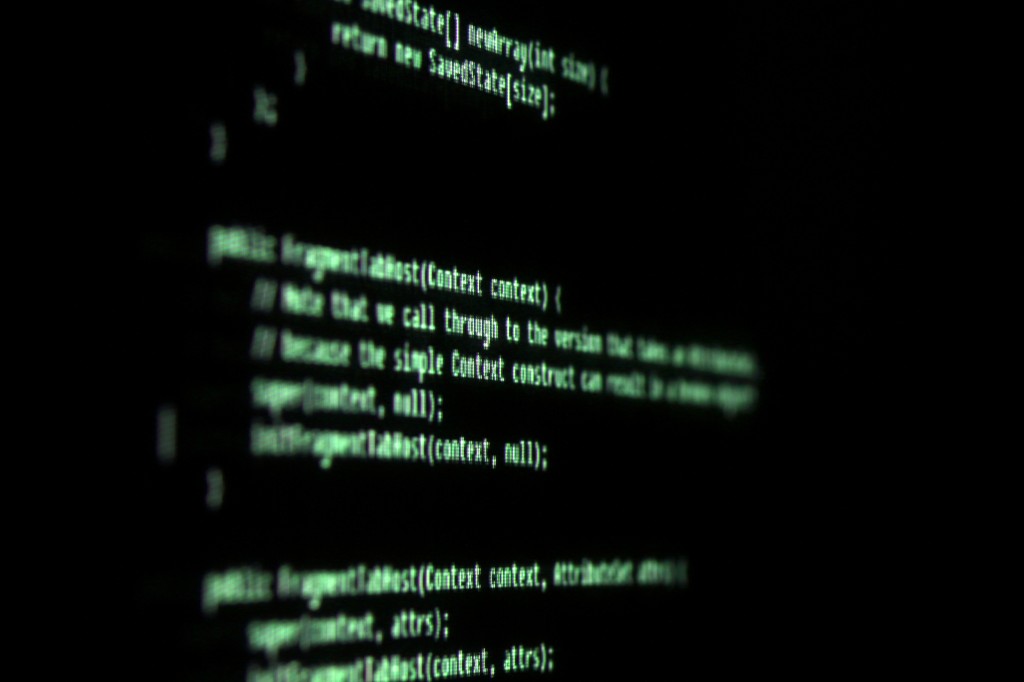Sony was recently subject to one of the biggest hacks in history. The breach has led to the release of over 40,000 nonemployees’ Social Security numbers. This includes former employees and actors, dating as far back as 1984. This was in addition to the 6,500 current identities lost — and the hackers obtained several unreleased movies as well. Sony has already gone as far as replacing every single company-owned computer. The hackers have also promised to send a “Christmas Gift,” in which they are planning to release even more information.
Sony, and its current and former employees, will all feel the impact of this breach for many years to come. But for most IT managers, it’s just another example of the importance of a robust cyberdefense, and the risks cyber professionals face.
In an attempt to thwart events like the Sony breach, cyber security awareness and skills development has become one of the most important trends occurring in the public sector. Symantec, a global leader in cybersecurity technology, has taken a unique approach to help train their employees and customers on how to remain secure. The Symantec Cyber Readiness Challenge is one way they have responded to these needs. The challenge is an immersive event designed to simulate real-world cyberthreats in a live fire environment, and train employees on how to best serve their customers. (The Cyber Readiness Challenge is more about helping Symantec employees understand how to deliver better products and services, versus learning how to defend our own systems.)
“We are the largest security company in the world and cyber education is paramount to what we do,” said Fred Unterberger, Senior Director, Systems Engineering at Symantec Corporation, during an interview with GovLoop. “We want our entire organization to be able to speak intelligently and represent the cutting edge in terms of cyber thought leadership.”
The Symantec Cyber Readiness Challenge accommodates different skill levels and experience, all designed to improve education and skill sets to protect against threats. Think of it as an interactive capture the flag competition. The challenge models scenarios after the current threat landscape using realistic IT infrastructure. Designed for many levels of technical skills and experience, it puts participants in the hacker’s shoes to understand their targets, technology and thought processes. Ultimately, learning about the hacker’s experience can train cyber professionals to better protect their organization and themselves.
The Cyber Readiness Challenge is offered both online and as a live event, where participants work individually or in teams to test, practice and develop their security skills in a safe environment developed by Symantec.
“The event can be played online and there is a real life scenario. Over the years, the internal CyberWar Games scenarios have ranged from critical infrastructure to nation states, cyber warfare, to banking,” said Unterberger.
“So different scenarios have been implemented and executed, where in that initial round, there are a set of objectives laid out for the players, and the players try to achieve those objectives by using hacking tools and cyberattack techniques to break into a company, or a simulated government network.”
The events are designed in a “Capture the Flag” model, in which flags are buried in various spots throughout the environment. Participants must collect flags to progress and score points. As they collect flags, the simulation becomes more challenging.
“We differ from other challenges due to the level of depth and the level of realism, a lot of other challenges don’t have a real life scenario associated with them. So it’s a really immersive experience, which is also feedback we’ve gotten from customers and partners,” said Unterberger.
The goal of these cyber security simulations is not necessarily to train a team to know how to penetrate a system, but rather to help them step in the shoes of a hacker. This will help teams understand the kinds of threats that they are up against.
“To really increase and improve your ability to be a cyber defender, you need to understand the techniques and the tools that someone uses when attacking you. It goes back to that adage, that understanding your enemy is the best defense,” said Unterberger.
Photo credit: FlickR Creative Commons, Yuri Samoilov
